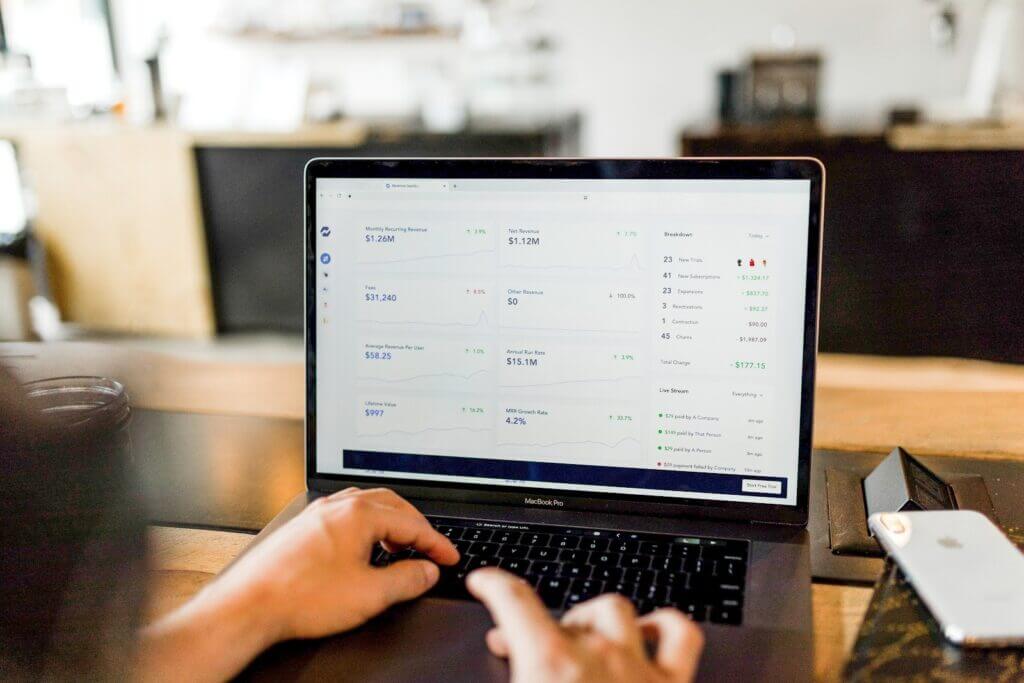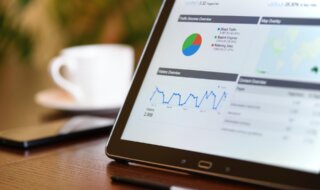Since many years ago, the creation of mobile applications has increased. Applications that operate on mobile devices are explicitly referred to in this subsection of software development. For several operating systems, including iOS and Android, mobile apps are created. Compared to mobile web browsing, apps offer a better user experience since they make use of the built-in functionality of smartphones.
Worldwide, more than 78% of people are smartphone owners. What do people do with these gadgets? They utilize apps, which can be divided into many different areas, such as games, music, calendars, communication, and more. You’re already familiar with some of the most well-known apps in the world, such as WhatsApp, Spotify, HeadSpace, Facebook, and Instagram.
Making a mobile eCommerce solution is a wise business move if you’re a B2C company. If you’re running a B2B business, you’ll still need to provide the finest tech solutions to your clients. But first, you must comprehend the procedure for developing a mobile application, which is why we wrote this guide.
Contents
Mobile App Development

Software for smartphones, tablets, and other mobile devices is developed via a method called mobile app development. Writing code to construct the program and designing the app are both parts of the total process.
The process of creating apps is comparable to that of creating other software, such as web apps. But the ability of mobile apps to exploit native capabilities on a device is the main distinction between app development and conventional software development.
For instance, apps can make use of smartphone features like GPS, Bluetooth, a camera, a microphone, and other built-in tools. The majority of mobile apps sold worldwide are Apple and Android products. Although it is possible to develop apps for other platforms, the majority of apps are focused on these two markets. It’s also important to note that there are a variety of frameworks available for developing apps.
Mobile App Development Process
When you divide the app development process into several parts, it becomes very simple. The formula below should be used if you wish to create apps:
1. Develop The Concept And Plan
You must first jot down all of your potential software development ideas before you begin. Perhaps some of you already have a fundamental notion or concept. Others might be making their first steps.
Here are some good opening inquiries that you should be posing to yourself:
- What do you hope your mobile application will achieve?
- What aims does your app have?
- Which issue (or issues) would your app fix for users?
- What functionalities will be present in your app?
- How much cash are you prepared to put up?
- How will the app be created? (In-house group, firm, app developer, etc.)
Getting carried away while brainstorming is simple. However, it’s crucial to stick to the app’s main functions. Don’t worry about “nice-to-haves” or extras that aren’t necessary but take the focus away from the app’s main purpose.
2. Market Analysis
When your concept is complete, you should research existing apps that are similar to your idea. It’s uncommon to have a brand-new idea with no rivals.
- Who are your direct competitors?
- What demographic are you trying to reach?
- What distinguishing tactics do you employ to stand out from the competition?
- What is the ideal platform for your app’s release?
- How will your app be marketed and promoted?
You can’t afford to rush or ignore market research because it’s such a crucial phase. Spending time and money on an idea’s development just to discover that there isn’t a market for it is not something you want to do. Therefore, by resolving this issue before you begin developing anything, you can save a ton of money.
3. Build Your UX Design
Another essential step in the process is the creation of the mobile application. Consider the design and feel of your app now. To see how the app will operate, start making some sketches and wireframes.
The user experience ought to be the primary concern. You must make sure the user interface is fluid and simple to use.
- Make a roadmap or storyboard to show how each screen is connected to the others.
- Consider the variations in how users will interact with your app and a mobile website (app development and web development are not the same).
- Your main priority must be the user experience.
Prior to beginning to design a fully functional app, you should first make some prototypes of the app based on your wireframes. You can build an MVP from here (minimum viable product). The main objective of this simple program is accomplished without the use of bells
and whistles.
4. App Development
The actual development of the app is now necessary. You might consider hiring professionals who are known for their excellent services, like PixelPlex mobile app development as it will allow you to focus on the creative side of the project, while they take care of all the technical details. This covers all of the front-end development, APIs, and back-end technology. What you must do is as follows:
- Select a development strategy.
- Get your development team together.
- Select a project manager.
- Create a schedule with objectives and checkpoints.
- Be flexible and get ready for alterations along the route.
You might need to create two separate versions of the app—one for iOS and one for Android—depending on your development methodology. As an alternative, you can construct an app that is compatible with both operating systems using cross-platform development tools.
5. Testing
Make sure your app functions properly before making it live. When you test your app, you’ll identify any bugs, kinks, or other issues that need to be fixed before your clients can use it.
- The best strategy is to test your app with QAs continuously during the development phase.
- Verify that the app has been tested on both platforms.
- Test the app on many platforms (smartphones, tablets, etc.).
Conduct experiments involving actual users to get feedback and make adjustments.
No app is flawless. Providing a functioning program that runs without crashing is your objective so users may enjoy the experience is the goal of your testing.



